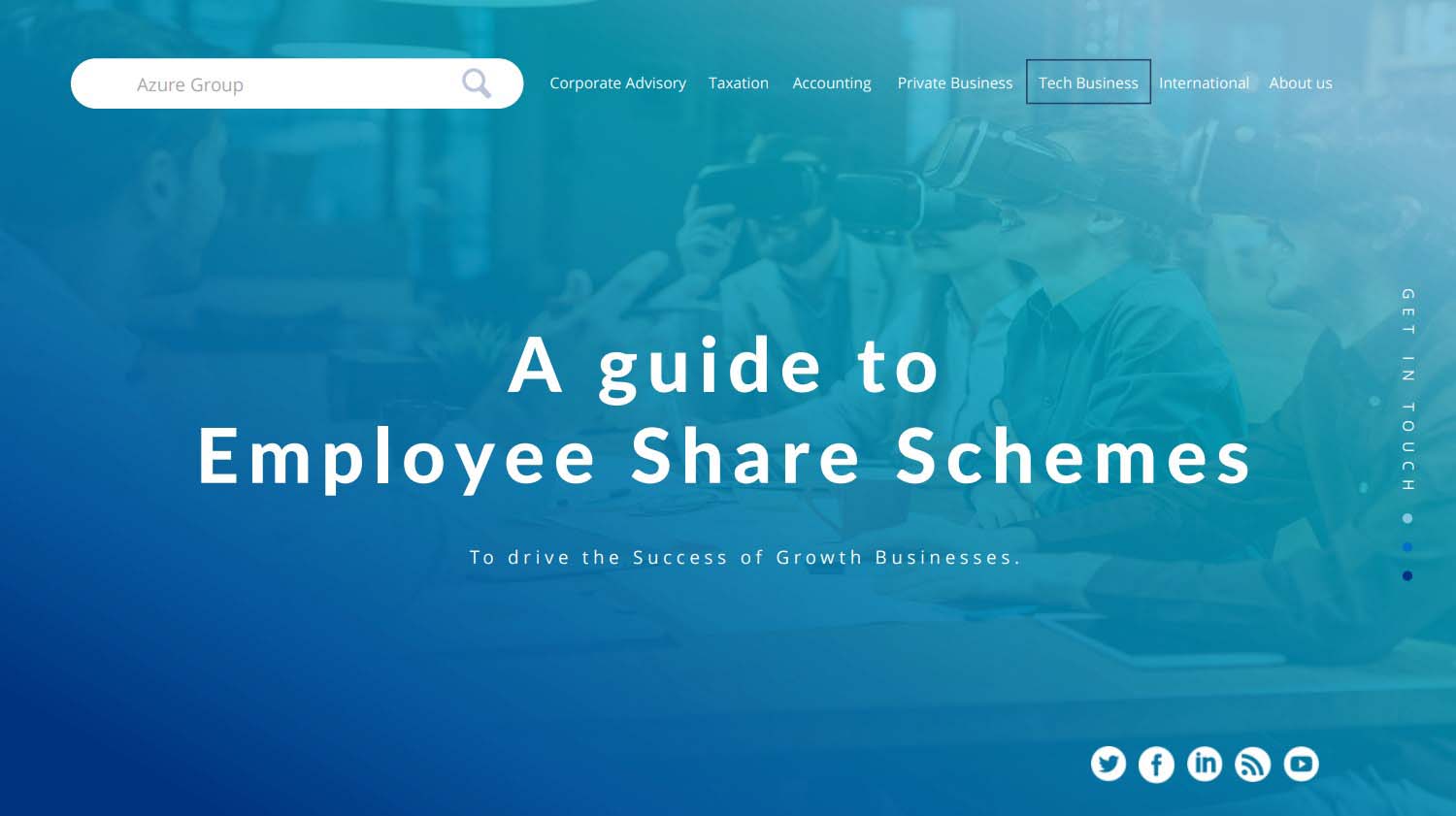There’s been a lot of chatter amongst the Australian startup and technology community about the government’s proposed changes to Australia’s problematic tax regime on employee shares (see summary of changes here and our response to the government here).
Whilst much attention is focused on the Employee Share Schemes (ESS) tax rules, our feedback from talking to the community suggests there is some confusion as to how these rules work in conjunction with the “other” tax that can apply to ESS – Capital Gains Tax. The purpose of this article is to remind entrepreneurs that there’s more than one tax regime that will affect them.
Below are some common questions we get asked:
What’s capital gains tax (CGT)?
Broadly, if a taxpayer makes certain types of gains, for example selling shares, that gain often results in a tax liability due to CGT.
Will both CGT and ESS tax rules apply to employee shares?
Potentially yes. Broadly, the ESS rules create a tax liability for employees if they are issued shares or options at a discount to market value. When the taxing point arises depend on the conditions of the scheme. After that point, the shares usually become capital assets and selling these shares at a profit will usually attract CGT.
Is the amount of tax different under CGT vs ESS rules?
In many situations, absolutely. The tax under CGT is generally half of the ESS rules, provided that you have held the asset for at least 12 months. For example, at the top marginal personal tax rate in the 2015 year, discounted CGT is at a rate of 24.5% compared to 49% for ESS (including Debt Levy and increase in Medicare Levy).
How to structure a share scheme to take advantage of CGT?
It is apparent from the above that the tax liability arising from employee shares can differ significantly for employees depending on how the scheme is structured. Accordingly an important consideration when setting up a share scheme is understanding to what extent is the employee taxed under the ESS rules vs CGT rules. An employer has a significant degree of control over this when setting up the scheme, and through consultation with its advisors it can ensure that the scheme delivers an attractive after-tax outcome for staff.
For example, one strategy is bringing forward the ESS taxing point so that any future increase in value of the shares could become taxed under CGT instead of ESS rules.
Future topics include:
- Are options now an option?
- Attracting and retaining good people: is this now easier?
- Where will ESOP loans fit into the changes?
- How do we compare to our Silicon Valley friends
- How to access the “start-up” tax concessions
- Deferring the taxing point – how far can you go?
- ESOP administrative obligations for the employer
Note: the information above is of a general nature only and should not be used as specific tax advice. A tax advisor should be consulted having regard to each entity’s individual circumstances.
This article is intended to provide general information only, and is not to be regarded as legal or financial advice. The content is based on current facts, circumstances, and assumptions, and its accuracy may be affected by changes in laws, regulations, or market conditions. Accordingly, neither Azure Group Pty Ltd nor any member or employee of Azure Group or associated entities, undertakes responsibility arising in any way whatsoever to any persons in respect of this alert or any error or omissions herein, arising through negligence or otherwise howsoever caused. Readers are advised to consult with qualified professionals for advice specific to their situation before taking any action.







Comment